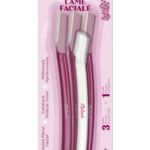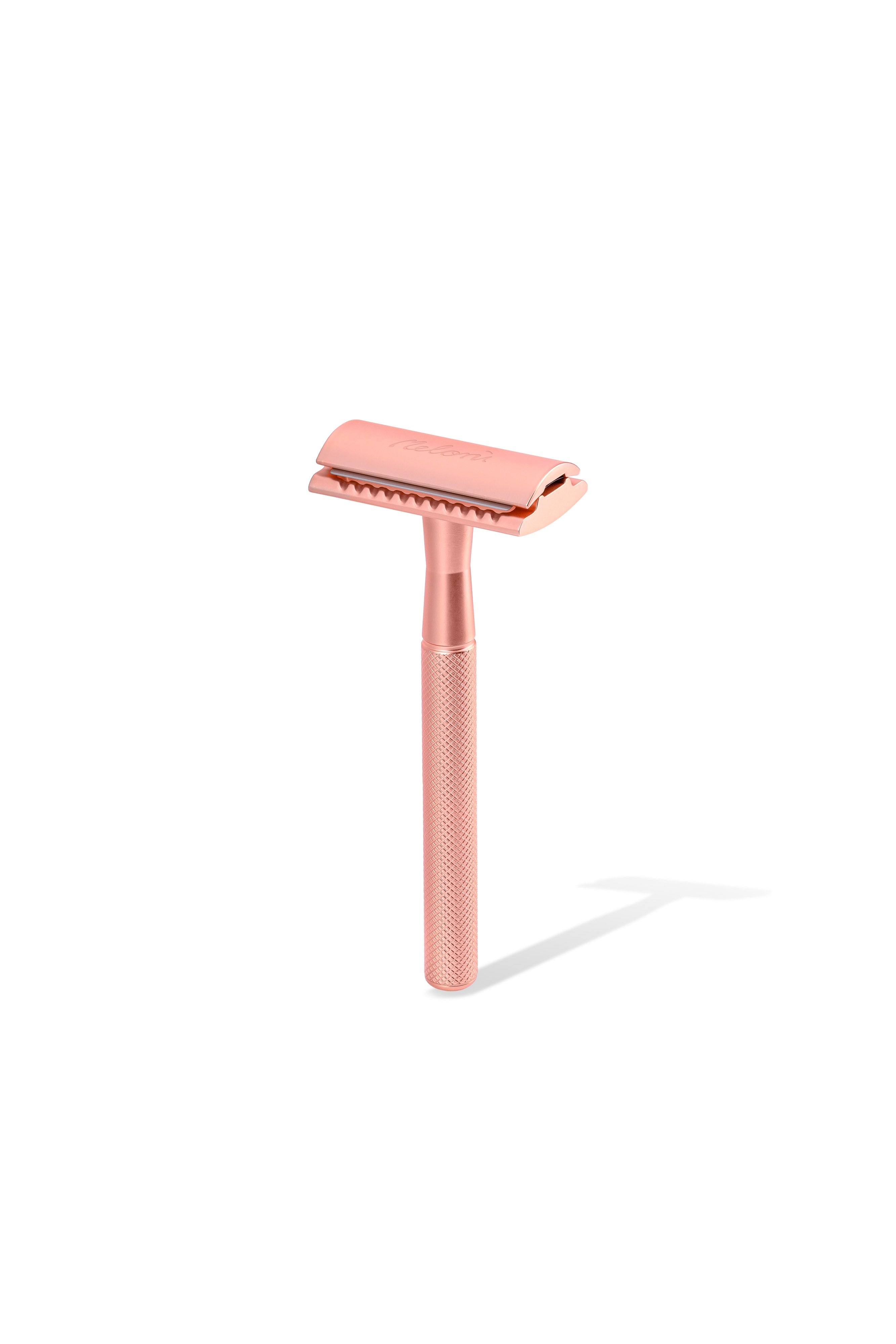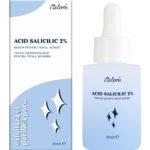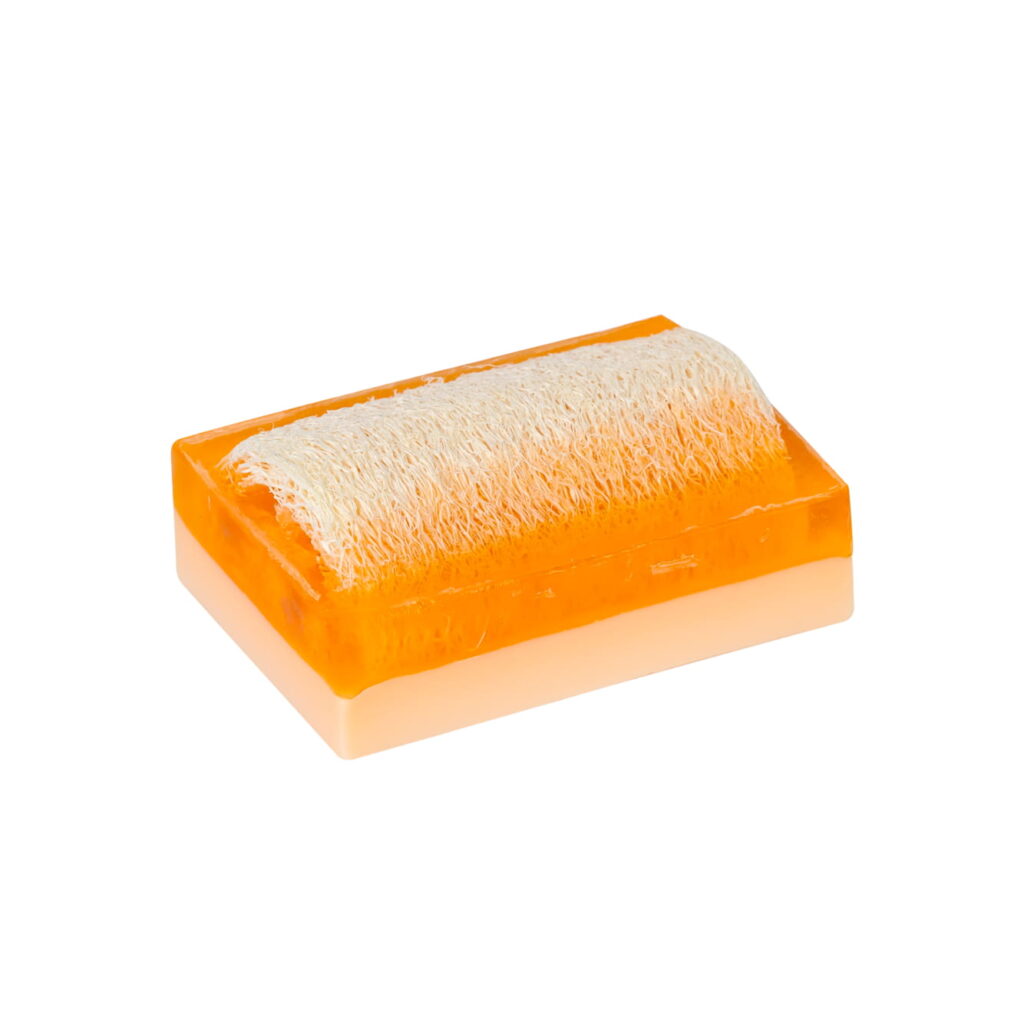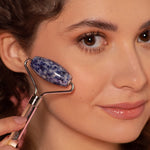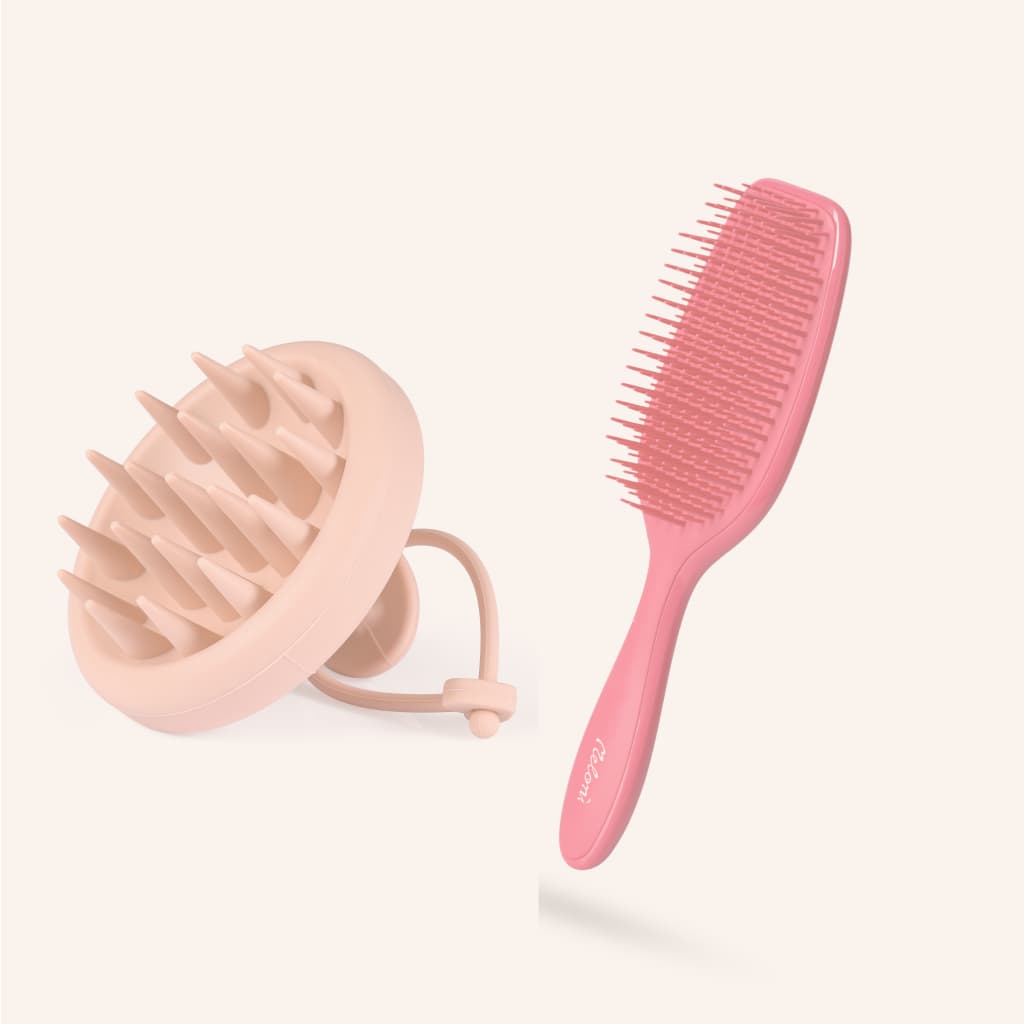You've probably heard the word "exfoliant" before. You might even know that one of the most popular chemical exfoliants is salicylic acid. However, with the vast amount of contradictory information going around, especially on social media, we want to debunk a few of the most common myths about salicylic acid.
WHAT IS SALICYLIC ACID?
Let's start with a recap. Often called the "miracle acid", this beta-hydroxy acid is oil-soluble, meaning it can penetrate sebum-filled pores to remove dead skin cells and excess oil. Moreover, it helps to shed dead cells from the skin's surface. Salicylic acid is effective in cleansers, spot treatments, and serums and is equally beneficial for the body in higher concentrations.
MYTH #1: SALICYLIC ACID IS JUST FOR ACNE
While it's true that this beta-hydroxy acid is known for its incredible ability to keep pores clean by removing oil and dead skin cell buildup and preventing bacterial growth, making it ideal for acne-prone skin, it does more.
Salicylic acid also exfoliates dead cells from the surface, combating dullness and fine lines, making it a perfect addition to an anti-aging regimen. Plus, it soothes inflammation with the same ingredient found in aspirin.
MYTH #2: SALICYLIC ACID IS JUST LIKE ANY OTHER EXFOLIANT
Contrary to water-soluble alpha-hydroxy acids like glycolic or lactic acid, salicylic acid is oil-soluble. This allows it to dissolve into oil, penetrating beyond the thin lipid layer on the skin's surface. Once it reaches the pores, salicylic acid can delve deeper into the impurities trapped there - such as excess oil, dead skin cells, and bacteria - and clear them out. This makes it highly effective in addressing the primary cause of acne.
MYTH #3: SALICYLIC ACID IS NOT SAFE FOR SENSITIVE SKIN
Salicylic acid is gentle and safe for all skin types, especially when used in cleansing products, and has natural anti-inflammatory properties. If you have sensitive skin or a chronic skin condition like atopic dermatitis (also known as eczema), try testing the product on a small patch of skin and gradually increasing usage as your skin tolerates the product. If problems occur, reduce usage. As always, listen to your skin and use sun protection, as salicylic acid can increase UV sensitivity.
MYTH #4: YOU CAN'T COMBINE SALICYLIC ACID WITH OTHER ACTIVE INGREDIENTS
This is simply a misconception: as long as you proceed with caution, it's perfectly fine to use salicylic acid alongside other active ingredients. Here are a few recommended combinations:
- Retinol: As an exfoliant, salicylic acid can help prep the skin so that ingredients like retinol can penetrate better. Try combining salicylic acid with a retinol serum in your evening routine. However, if you have sensitive skin, avoid using them simultaneously in the same routine.
- Alpha-hydroxy acid: Pairing BHAs (beta-hydroxy acids) and AHAs (alpha-hydroxy acids) in the right concentration can amplify their exfoliating effects without adding extra irritation.
Salicylic acid is an excellent choice that can work for a variety of skin types. Everyone's skin is different, so when using exfoliants, don't overdo it and always listen to what your skin needs.




